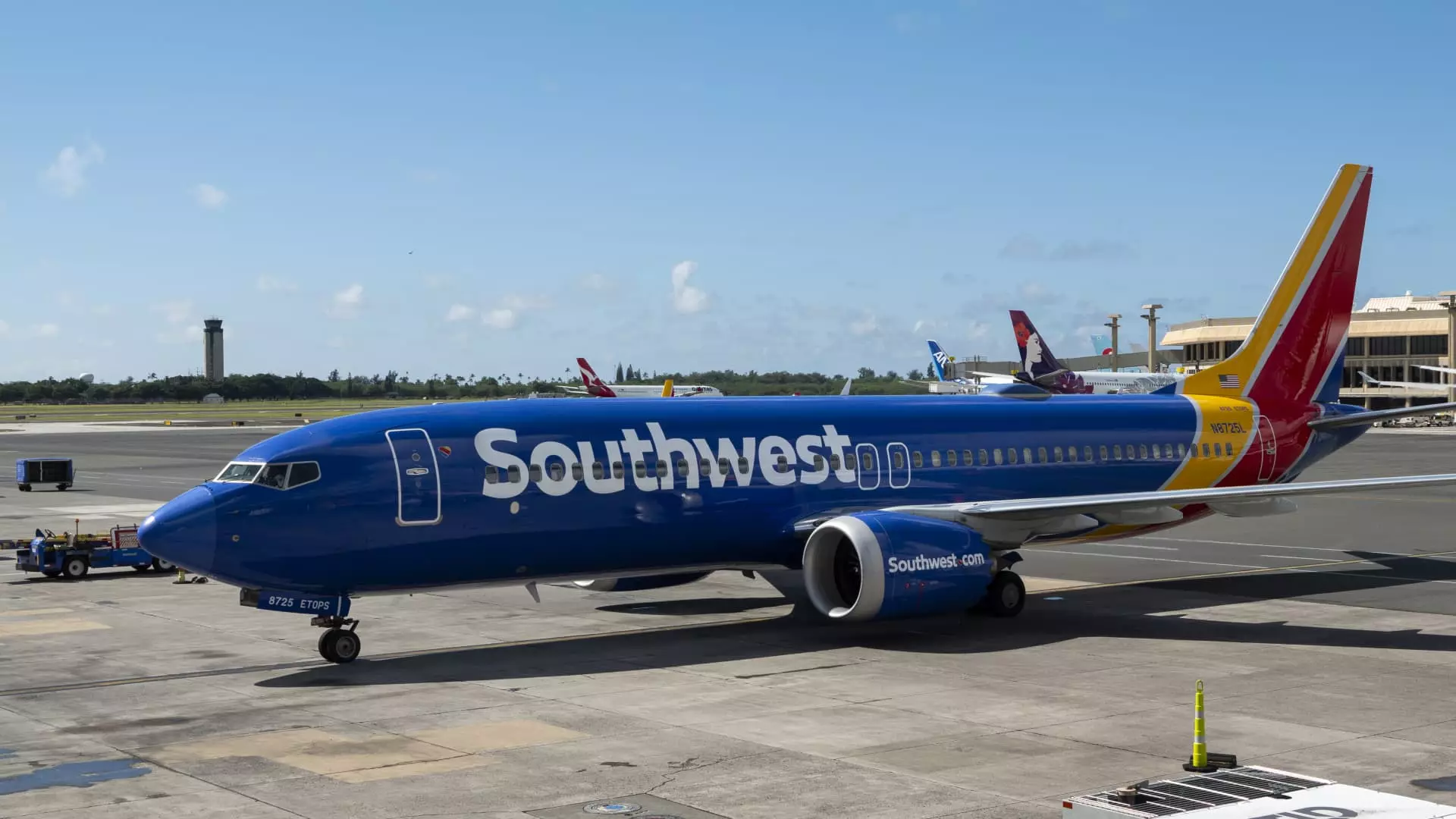Southwest Airlines found itself in the midst of another aviation incident when an engine cowling fell off one of its Boeing 737-800 aircraft during takeoff from Denver International Airport. The Federal Aviation Administration (FAA) confirmed that Southwest Flight 3695, headed to Houston’s William P. Hobby Airport, had to return to Denver after the incident. Fortunately, the plane landed safely back at the gate, but not without causing a three-hour delay for the passengers.
Maintenance teams at Southwest Airlines are currently reviewing the aircraft following the incident. The FAA has also launched an investigation into the matter. Questions have been raised regarding the maintenance history of the plane and engine, as Southwest did not provide an immediate response to inquiries about the last maintenance check. Boeing, the aircraft manufacturer, deferred to Southwest’s statement when asked for a comment on the incident.
This incident adds to a series of recent safety concerns involving Southwest Airlines and Boeing aircraft. The FAA is still investigating a previous incident in March when a Southwest flight veered off course near the air traffic control tower at LaGuardia Airport during landing. Furthermore, Boeing has been under intense regulatory scrutiny, especially after a door plug blew off a 737 Max 9 aircraft in January, causing a near-catastrophe at 16,000 feet.
Boeing’s quality control issues have not only raised safety concerns but also affected the delivery of new Max aircraft. Major Boeing customers like Southwest and United have expressed that these problems have disrupted their growth plans. The certification of new models, such as the 737 Max 7 and Max 10, has also faced delays, impacting the overall operations of the company.
In light of these ongoing challenges, Boeing CEO Dave Calhoun announced his decision to step down by the end of the year. The company has also made changes at the leadership level, replacing its chairman and chief executive of the commercial airplane unit. These decisive actions aim to address the underlying issues and restore confidence in Boeing’s commitment to safety and quality assurance.

